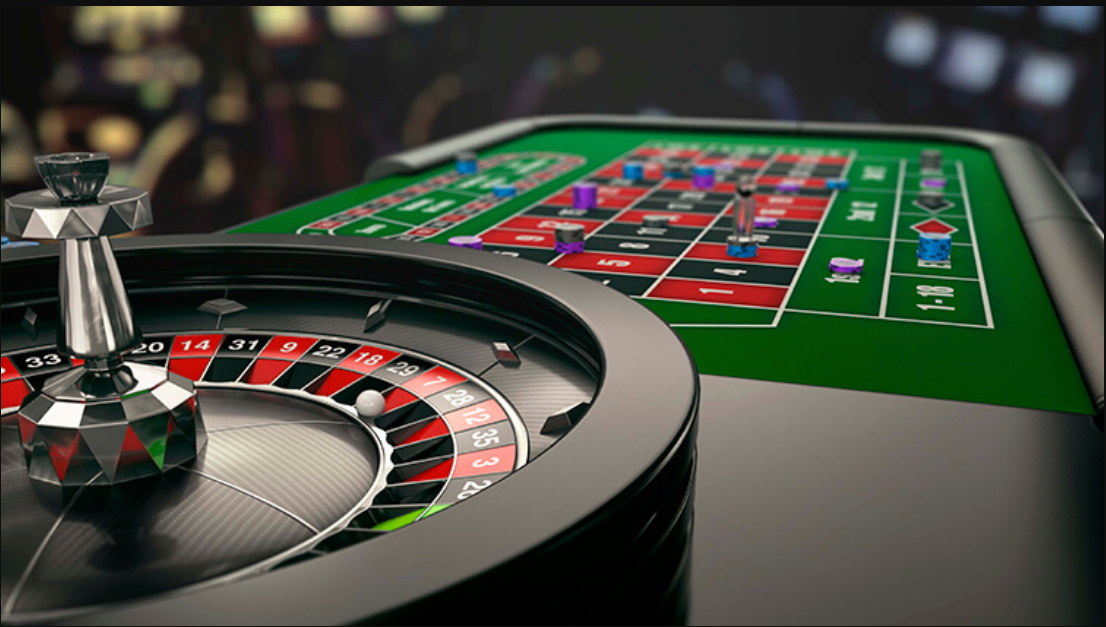
In the vibrant and exciting world of casinos, where luck and strategy intertwine, hues and aesthetic play a critical role in drawing in players. From the moment players step into a casino or access a gaming platform, they are enveloped in a sightly feast that captures their attention and entices them to explore further. Bright colors, captivating graphics, and creative layouts are carefully crafted to create an environment of thrill and expectation, ultimately improving the gaming encounter.
While players navigate through the ever-changing landscape of casino games, they come across a variety of designs that not only serve visual purposes but also influence emotions and choices. Hues like scarlet and gold symbolize riches and luck, while calm blues and greens can create a much tranquil environment. Grasping how these elements work together enables casinos to create an welcoming and energizing atmosphere that encourages players to interact with the games, invest more time at the tables, and boost their overall enjoyment.
The Psychology of Hue in Casino Games
Color plays a key role in the creation of gambling games, influencing players’ emotional states and actions. Bright and bold colors, such as scarlet and amber, are often used to incite thrill and capture notice. These colors create a feeling pressure and energy, encouraging players to involve themselves more enthusiastically with the activity. By strategically selecting colors, designers aim to elicit emotions of joy and anticipation, which can enhance the complete gaming experience.
Different hues also have psychological connotations that can impact how gamblers perceive their chances of winning. For example, lime is frequently associated with luck and prosperity, making it a frequent choice in activities like roulette and poker tables. This association can cause participants to feel more hopeful and self-assured in their play, ultimately encouraging them to wager more. Comprehending these links allows game creators to create environments that enhance player happiness and retention.
Moreover, the interface of gaming interfaces often employs gradients and differing hues to direct players’ responses. For example, winning results may be accentuated with bright, differing shades, creating a visual incentive. This technique reinforces favorable outcomes and promotes repeated gameplay. By exploiting the psychology of color, casinos can create activities that not only captivate participants but also hold them involved and invested in their play experience.
Design Features that Engage Gamers
The visual appeal of casino games is largely influenced by the use of vibrant colors. Bright and contrasting colors are strategically chosen to create an inviting atmosphere that captures attention. For example, reds and golds often signify good fortune and wealth, which is why they are common in the palettes of slot machines and table surfaces. These colors not only draw players in, but they also stir emotions related to thrill and expectation, enhancing the total gaming experience.
In parallel to color, the design and layout of casino games play a crucial role in player attraction. Games are designed to be intuitive, ensuring that players can easily understand the rules and gameplay. Accessible interfaces, along with engaging graphics and animations, help maintain player interest and encourage longer play sessions. The physical elements, such as the feel of the controls and the audio of the games, also contribute to a comprehensive sensory experience that keeps players engaged.
Finally, conceptual elements in gaming design can greatly influence gaming decisions. Many gambling games are inspired by popular culture, fairy tales, or adventure themes, incorporating symbols and characters that connect with players. These themes create a sense of immersion and connection, making each game feel unique. non GamStop casinos UK When players feel a connection to the concept, they are more likely to opt for that game over others, leading to higher participation and enthusiasm within the gambling environment.
Case Studies: Notable Gambling Slot Designs
One noteworthy example of successful gambling game design is the acclaimed slot machine series themed around blockbuster movies. Games such as those based on the The Wizard of Oz and Game of Thrones utilize bright colors and top-notch graphics to enthrall players in familiar narratives. The application of lively visuals and captivating sound effects takes the attention of players, establishing an emotional connection to the theme. This approach not just fosters longer play but also boosts the overall gaming experience, leading to increased player retention.
Another effective case is the use of color psychology in table games like blackjack and roulette. Casinos often create these games with rich reds and greens, colors traditionally linked with luck and wealth. For instance, the green felt on a blackjack table provides a relaxing effect, while the red accents in roulette invite thrill. This intentional use of color helps to establish an inviting atmosphere that stimulates players to join in, satisfying their psychological impulses and enhancing their enjoyment.
Finally, online casino games that include social features and bright, colorful designs have experienced remarkable success in engaging players. Games like Zynga Poker and Slotomania leverage striking colors and playful animations to forge an inviting online environment. The addition of leaderboards, community sharing options, and in-game rewards encourages competition and community, attracting players in for longer sessions. Such designs merely make the games visually enticing but also highlight social interaction, a key factor in player retention and engagement within online casino environments.